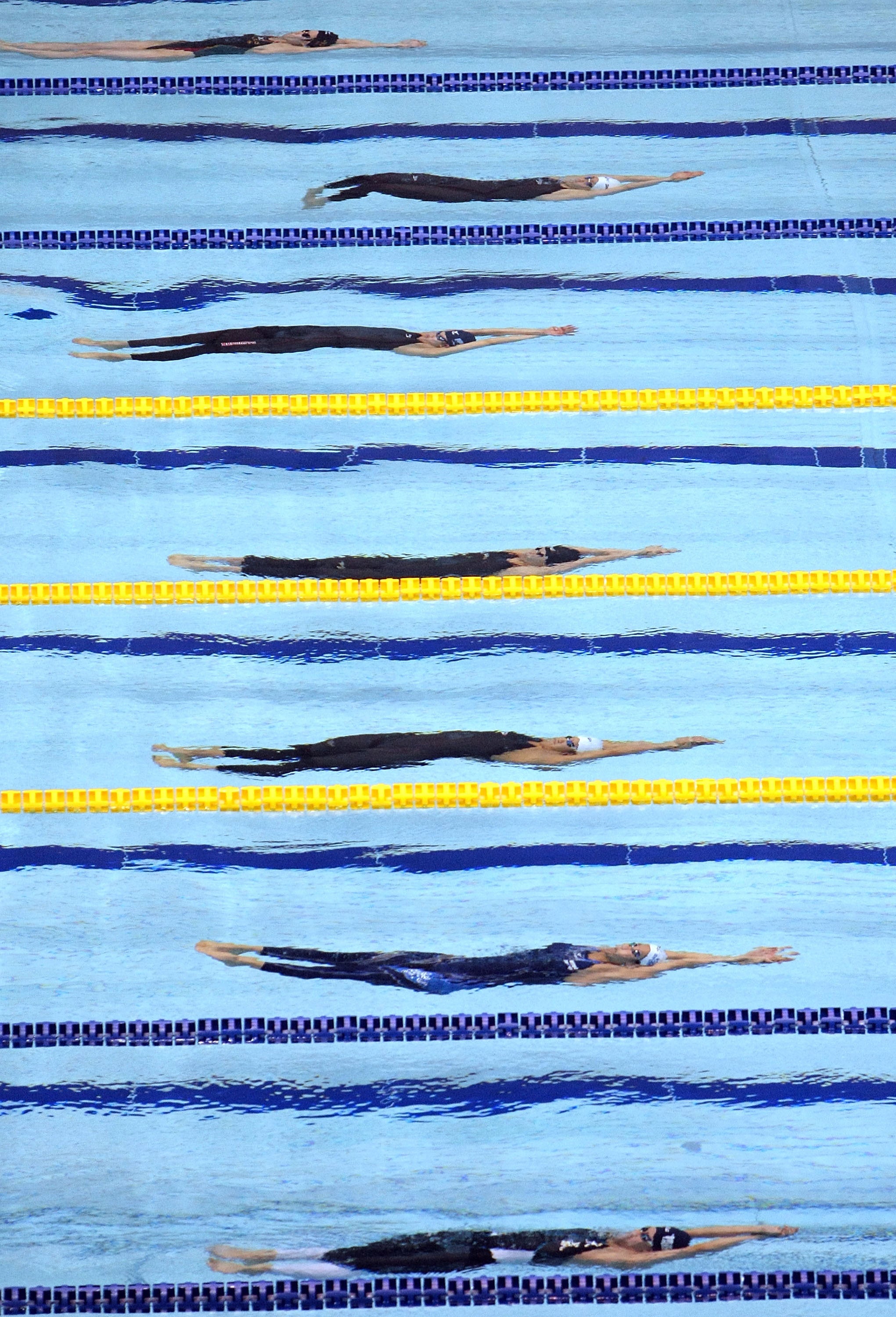Evolving athletic performance with the help of new sports technologies
In partnership with Sheffield Hallam University

Technology and engineering are serious all-rounders in the sporting world. They make an impact everywhere, from goal-line technology to detailed analysis of performance data and the biomechanics of how the body moves.
Technology even affects what athletes wear. “One of the biggest advances regarding technology in sport is in the materials we use,” says Dr Jonathan Sinclair, course leader for the MSc in sports science, biomechanics and physiology at the University of Central Lancashire.

One example, the LZR racer swim suit, reduced drag by compressing a swimmer's body into a more hydrodynamic shape, he explains. “It was used at the Beijing Olympics by 90 per cent of race winners in the pool.”
Universities throughout the UK are constantly looking for new ways to develop and apply technology within sport. Research at Bangor is looking at how virtual environments could be used to train elite rugby players; at Sheffield Hallam, one study used new tech to investigate how tennis players move around the court.
It’s not only about building better athletes, though. “Driving elite performance has intrinsic value,” says Dr David James, deputy director of the Centre for Sports Engineering Research at Sheffield Hallam University. “However, there are other important aspects such as athlete safety and participation.”
Participation might mean getting people involved in a sport, or using sport technology to enable more people to move more often, James explains. To that end the university's current work includes developing shuttlecocks that fly well in the open air, so that more people can access badminton by playing it outside in public spaces. Meanwhile, their work on the tennis court has other applications, including working with patients with balance problems “to observe and quantify their movement,” says James. “Can we help people by observing what they’re doing?”

This kind of crossover can benefit everyone – the wearable technology in your Fitbit has its origins in elite sport research, for example. Looking ahead, Dr James Hardy, senior lecturer at Bangor University’s School of Sport, Health and Exercise Sciences points to technology that increasingly enables athletes to monitor and control their brainwaves. “The latest research demonstrates that this brain-training can be used to help athletes focus under pressure,” he says, “while also having applications outside of sport in the treatment of conditions like ADHD, epilepsy and PTSD.”
With graduates going on to further research or working with national bodies and major sports brands, the work universities do around sports technology will continue to have an impact in both sports performance and wider health contexts. “The technologies now available to researchers enable previously unanswerable questions to be addressed,” concludes Nick Draper, head of the department of Life Sciences at the University of Derby, “with a greater level of accuracy in data than had previously been possible.”
England's loss is football's gain
The obvious injustice that was plain to see in the stadium helped spark a football revolution, and now technology has been developed to help referees know when the ball has crossed the goal line.
READ MORE...
Join our commenting forum
Join thought-provoking conversations, follow other Independent readers and see their replies
Comments